
What Size Bicycle Do I Need? The Complete Bike Sizing Guide
Choosing a new bike is exciting, but figuring out the right size can quickly become overwhelming—especially with different frame measurements, wheel sizes, and bike types to consider.
This complete bike sizing guide breaks everything down clearly so you can measure yourself accurately, understand how bike sizing works, and confidently choose a bicycle that fits your body, your riding style, and your comfort needs. Whether you're shopping online or in-store, these easy steps and expert tips will help you find your perfect bike size.
How Bicycle Sizing Works
Understanding bicycle sizing is crucial for comfort, safety, and performance. Bike sizes are not universal, and different types of bicycles use different measurement standards. Here’s a detailed breakdown to help you navigate frame sizes and measurements.
1. Frame Size and Seat Tube Length
Bikes are generally measured by their frame size, most often using the seat tube length. This is usually measured from the center of the bottom bracket (BB)—the part where the crank arms attach—up to the top of the seat tube.
Some brands may measure differently, such as:
-
To the point where the top tube meets the seat tube
-
To the center of the top tube
These variations mean that two bikes with the same listed frame size may feel different in terms of reach and comfort.
2. How Different Bike Types Are Measured
The way frame sizes are labeled varies by bike type:
-
Mountain Bikes: Measured in inches or descriptive sizes like Small, Medium, and Large.
-
Road Bikes: Typically measured in centimeters, or sometimes descriptive sizes.
-
Hybrid Bikes: Can use inches, centimeters, or descriptive sizes, depending on the manufacturer.
Understanding the sizing method for the bike type you want is the first step in finding the right fit.
3. Frame Length Differences Between Brands
As bikes increase in size, the frame length generally gets longer. However, there is no strict universal standard—different brands may produce frames that are inherently longer or shorter, even if they share the same nominal size.
This is why it’s essential to check the geometry charts or test-ride bikes when possible. Proper fit ensures better posture, efficient pedaling, and reduced risk of discomfort or injury.
4. Why Understanding Sizing Matters
Getting the right bike size affects:
-
Comfort: Prevents strain on knees, back, and wrists
-
Performance: Improves pedaling efficiency and handling
-
Safety: Ensures better control and reduces the risk of accidents
By understanding how bicycle sizing works, you can confidently choose a mountain, road, or hybrid bike that fits your body and riding style.
Quick Bike Size Chart by Height
Choosing the right bike size starts with knowing your height and inseam. Below is a general bike frame size guide for adults. Keep in mind that sizing can vary between brands and bike types, so always check the specific size guide on the product page.
|
Height (cm / ft) |
Inseam (cm / in) |
Road Bike Frame (cm) |
Mountain Bike Frame (inches) |
|
152 cm / 5'0" |
71 cm / 28" |
48 (XX Small) |
15" (X Small) |
|
160 cm / 5'3" |
75 cm / 29.5" |
51 (Small) |
16" (Small) |
|
170 cm / 5'7" |
79 cm / 31" |
54 (Medium) |
17" (Medium) |
|
175 cm / 5'9" |
83 cm / 32.5" |
56 (Large) |
18" (Medium) |
|
180 cm / 5'11" |
85 cm / 33.5" |
57 (X Large) |
19" (Large) |
|
188 cm / 6'2" |
89 cm / 35" |
60 (XX Large) |
20" (Large) |
|
196 cm / 6'5" |
93 cm / 36.5" |
63 (XXX Large) |
21" (X Large) |
Size Charts by Bike Type
Road Bike Size Chart
Road bikes are usually measured in centimeters. Measuring the seat tube is a reliable way to estimate the right frame size.
|
Frame Size (cm) |
Height (cm / ft) |
Inseam (cm / in) |
|
47 |
152–158 cm / 4'11.8"–5'2.2" |
71–75 cm / 28–29.5" |
|
50 |
158–163 cm / 5'2.2"–5'4.2" |
74–77 cm / 29.1–30.3" |
|
52 |
163–168 cm / 5'4.2"–5'6.1" |
76–79 cm / 29.9–31.1" |
|
54 |
168–174 cm / 5'6.1"–5'8.5" |
78–82 cm / 30.7–32.3" |
|
56 |
174–180 cm / 5'8.5"–5'10.9" |
81–85 cm / 31.9–33.5" |
|
58 |
180–185 cm / 5'10.9"–6'0.8" |
84–87 cm / 33.1–34.3" |
|
60 |
185–190 cm / 6'0.8"–6'2.8" |
86–90 cm / 33.9–35.4" |
|
62 |
190–195 cm / 6'2.8"–6'4.8" |
89–92 cm / 35–36.2" |
When to size up or down: If you prefer a more aggressive racing position, size down slightly. For a more relaxed fit, size up.
Mountain Bike Size Chart
Mountain bikes can be measured in inches or Small/Medium/Large. Modern mountain bike geometries may differ across brands, so check the frame sticker or product page.
|
Frame |
Height (cm / ft) |
Inseam (cm / in) |
Suggested Wheel Size |
|
XS / 13.5" |
137–155 cm / 4'5.9"–5'1" |
64–73 cm / 25.2–28.7" |
26" or 27.5" |
|
S / 15.5" |
153–166.5 cm / 5'0.2"–5'5.6" |
72–79 cm / 28.3–31.1" |
27.5" or 29" |
|
M / 17.5" |
161–172 cm / 5'3.4"–5'7.7" |
76–81 cm / 29.9–31.9" |
27.5" or 29" |
|
M/L / 18.5" |
165.5–179 cm / 5'5.2"–5'10.5" |
77–84 cm / 30.3–33.1" |
29" or 27.5" |
|
L / 19.5" |
177–188 cm / 5'9.7"–6'2" |
83–88 cm / 32.7–34.6" |
29" or 27.5" |
|
XL / 21.5" |
186–196 cm / 6'1.2"–6'5.2" |
87–92 cm / 34.3–36.2" |
29" or 27.5" |
|
XXL / 23" |
195–203 cm / 6'4.8"–6'7.9" |
92–95 cm / 36.2–37.4" |
29" or 27.5" |
Tip: Mountain bike sizing varies across brands and generations. Always test ride if possible, and consider the bike’s intended terrain.
Hybrid Bike Size Chart
Hybrid bikes often use Small/Medium/Large sizing but may sometimes use inches.
|
Size |
Height (cm / ft) |
Inseam (cm / in) |
|
S |
155–165 cm / 5'1"–5'5" |
72–78 cm / 28.3–30.7" |
|
M |
165–175 cm / 5'5"–5'8.9" |
77–83 cm / 30.3–32.7" |
|
L |
175–186 cm / 5'8.9"–6'1.2" |
82–88 cm / 32.3–34.6" |
|
XL |
186–197 cm / 6'1.2"–6'5.6" |
87–93 cm / 34.3–36.6" |
|
XXL |
197–203 cm / 6'5.6"–6'7.9" |
92–95 cm / 36.2–37.4" |
Tip: If you’re in between sizes, choose a smaller frame for a sportier fit or a larger frame for comfort and stability.
Kids’ Bicycle Size Guide
Kids’ bikes are measured by wheel diameter, making sizing straightforward. Always have your child try the bike before purchase.
|
Wheel Size |
Height (cm / ft) |
Typical Age |
|
12" |
86–102 cm / 2'9.9"–3'4.2" |
2–4 |
|
16" |
99–117 cm / 3'3"–3'10.1" |
4–6 |
|
20" |
114–132 cm / 3'8.9"–4'4" |
6–8 |
|
24" |
130–150 cm / 4'3.2"–4'11.1" |
8–12 |
|
26" |
146–160 cm / 4'9.5"–5'3" |
12+ |
How to Measure for A Bike Size Correctly
Choosing the right bike size starts with accurate measurements. Measuring yourself properly ensures a comfortable ride, better performance, and reduces the risk of injury. Follow these steps to find your ideal bike frame size.
1. Measure Your Inseam (Inside Leg)
The inseam is the most important measurement for determining bike size. Here’s how to measure it correctly:
-
Stand barefoot with your back against a wall and your feet about shoulder-width apart.
-
Place a book or ruler firmly between your legs, pressing gently against your groin to simulate the bike saddle.
-
Measure the distance from the floor to the top of the book or ruler. This is your inseam length.
Tip: Repeat the measurement a couple of times to ensure accuracy.
2. Calculate Your Ideal Frame Size
Once you have your inseam, use a formula based on the bike type:
-
Road Bikes: Multiply your inseam by 0.70 to get the recommended frame size in centimeters.
-
Mountain Bikes: Multiply your inseam by 0.67 (or 0.66) and subtract a few centimeters if needed for comfort.
Example: If your inseam is 70 cm:
-
Road bike: 70 × 0.7 = 49 cm frame
-
Mountain bike: 70 × 0.67 ≈ 47 cm frame
This calculation gives a reliable starting point for selecting a frame size.
3. Check Standover Height
The standover height ensures you can safely straddle the bike:
-
Place the bike on level ground.
-
Stand over the top tube with your feet flat on the ground.
-
Ensure you have enough clearance:
-
Road bikes: 1–2 inches (2.5–5 cm)
-
Mountain bikes: 2–3 inches (5–7.5 cm)
Proper standover clearance prevents discomfort and injuries in sudden stops or emergency situations.
4. Consider Other Key Measurements
-
Seat Tube Length: Most bike frames are measured from the center of the bottom bracket to the top of the seat tube.
-
Handlebar Width: Measure the distance between your ac joints (shoulder blades) and add a couple of centimeters for a comfortable fit.
-
Frame Geometry: Even bikes with the same size label may differ in reach and stack between brands and models. Always check the manufacturer’s size guide.
5. Professional Bike Fitting
For the most accurate and personalized fit, consider a professional bike fitting. Experts adjust frame size, saddle height, handlebar position, and other components to match your body dimensions and riding style.
A proper bike fit enhances comfort, reduces fatigue, and improves efficiency—especially important for long rides or competitive cycling.
How to Ensure a Bike Fits You
Choosing the right frame size is just the first step—making sure the bike fits your body is key for comfort, safety, and performance. Even if the size matches the charts, check these points:
1. Standover Height
Stand over the bike with feet flat. There should be 1–3 inches (road) or 2–4 inches (mountain) of clearance between you and the top tube. Proper clearance helps you mount safely and avoid injury.
2. Leg Extension
Sit on the saddle with heels on the pedals. Your legs should be nearly straight at the bottom of the pedal stroke, with a slight bend (25–30°) in the knees for efficient, pain-free pedaling.
3. Reach
Grip the handlebars with elbows slightly bent and back in a natural position. Correct reach prevents strain on shoulders, back, and wrists, and ensures better control.
Conclusion
Finding the right bike size is key for comfort, safety, and performance. Use your height, inseam, and bike type to choose the correct frame, and check standover height, leg extension, and reach for a perfect fit. If you’re between sizes, test ride or get a professional bike fitting. Knowing what size bicycle do I need ensures every ride is enjoyable, efficient, and safe.
FAQs
What size bicycle is right for my height?
Your bike size depends on your height, inseam, and bike type. Use a size chart to match your measurements to road, mountain, or hybrid bike frames for a comfortable fit.
How to calculate what size bike you need?
Measure your height and inseam, then consult a bike size chart. For road bikes, use cm; for mountain bikes, inches or Small/Medium/Large sizing. Adjust for riding style if needed.
What size frame do I need if I am in-between sizes?
Go smaller for a sportier, more agile ride or larger for comfort and stability. You can also adjust saddle height, stem length, and handlebars for a perfect fit.
What height person is a 26-inch bike for?
A 26-inch bike is typically suitable for riders 4’9”–5’3” (145–160 cm). It’s common for mountain bikes and smaller hybrid bikes.
What height is a 29 inch bike for?
A 29-inch bike generally fits riders 5’8”–6’2” (173–188 cm), providing better clearance and a smoother ride on mountain trails.
iScooter E Scooter Collections:
Electric Scooter | Kids Electric Scooter | Electric Scooter for Adults | Electric Scooter with Seat | Off-Road Electric Scooter | Foldable Electric Scooter | Girls Electric Scooter | 1000W Electric Scooter | 2000W Electric Scooter | Boys Electric Scooter | Dual Motor Electric Scooter | Big Electric Scooter | Electric Scooter with Suspension | Lightweight Electric Scooter | Commuter E-Scooters | 3 Wheel Electric Scooter
Show more ▼iScooter E Bike Collections:
Foldable Electric Bike | Affordable Cheap Electric Bike | Electric Bike for Adults | Electric Motor Bikes | Trek Electric Bike | Fastest Electric Bike | Electric Road Bike | Full Suspension Electric Mountain Bike | Giant Electric Bike | Womens Ladies Electric Bike | Mens Electric Bike | Electric Bike with Throttle | Electric Gravel Bike | Electric Mountain Bike UK | Fat Tyre Electric Bike | Electric Hybrid Bike | Electric Motorised Bike | Electric Push Bike | 1000W Electric Bike | Cool Electric Bikes | Electric Off Road Bike | Pedal Assist Electric Bike | Good Electric Bikes | Small Electric Bike | Trek Electric Mountain Bike | 2000W Electric Bike | Full Suspension Electric Bike | Mini Electric Bike | Road Legal Electric Bike | Step Through Electric Bike
Show more ▼👍 Buying Guide | 🚴♂️ Riding Guide
📋 Feature Guide | ❓ Common problem
Product category
Electric Scooter
Cheap Electric Scooters for Adults | Fastest Electric Scooter | Kids Electric Scooter | Mini Electric Scooter
































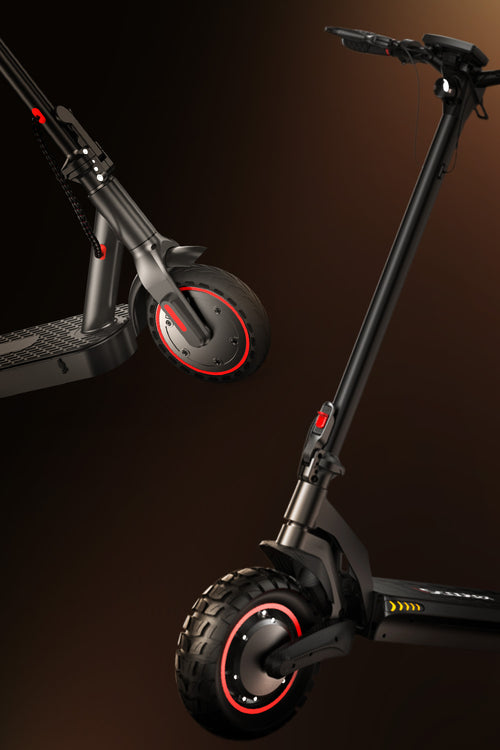
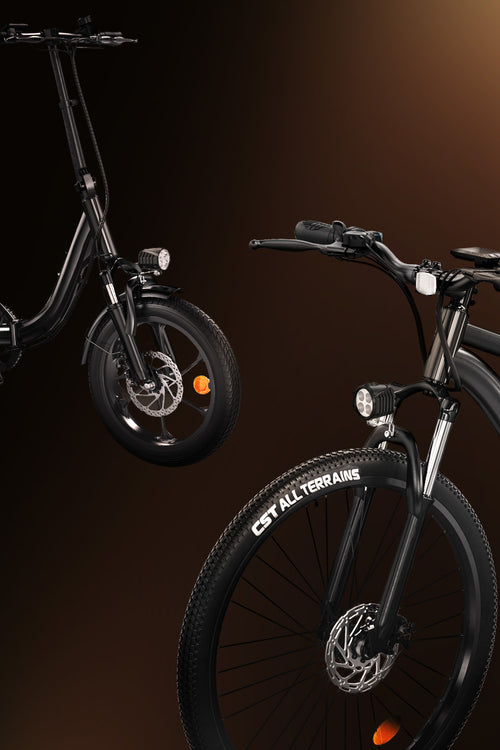









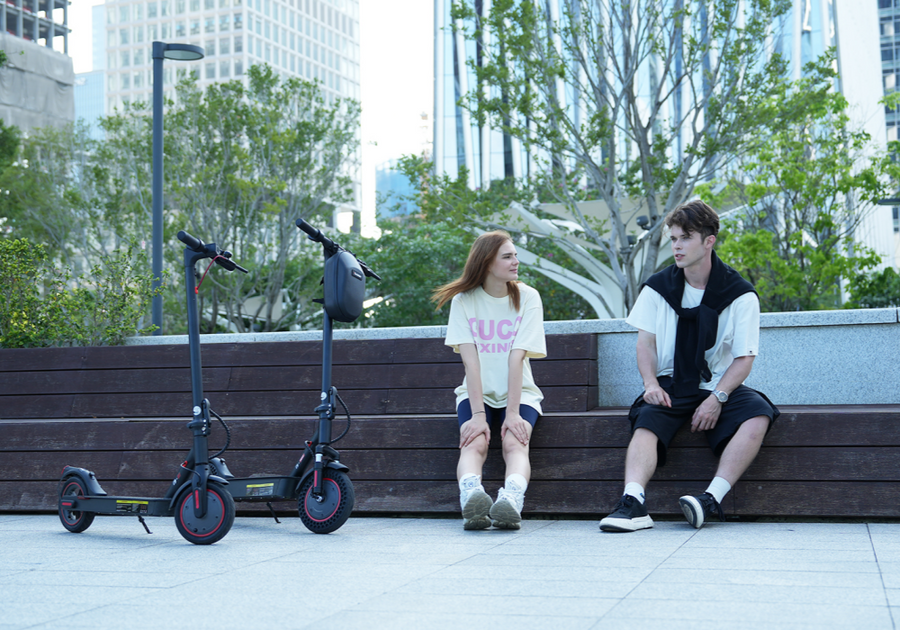




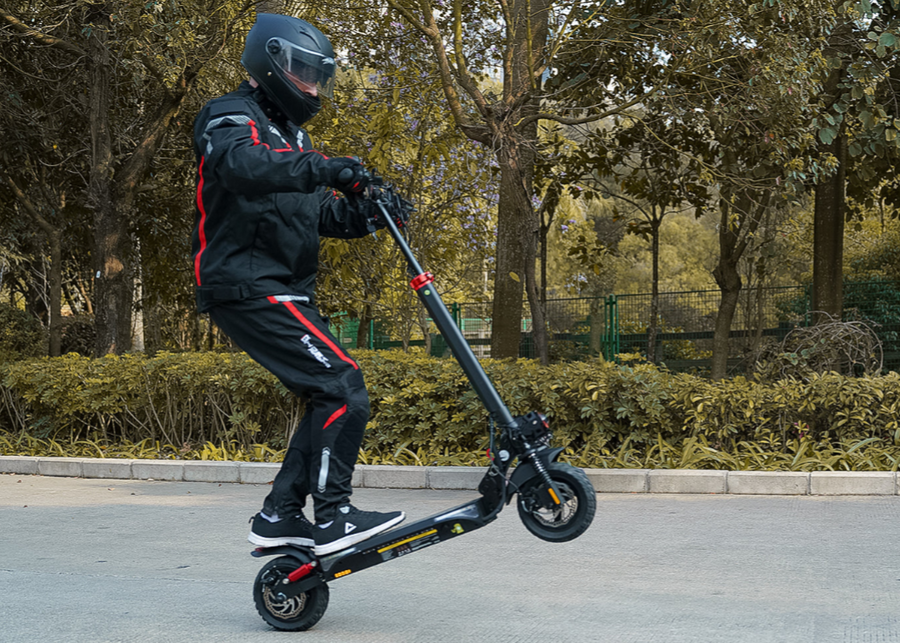

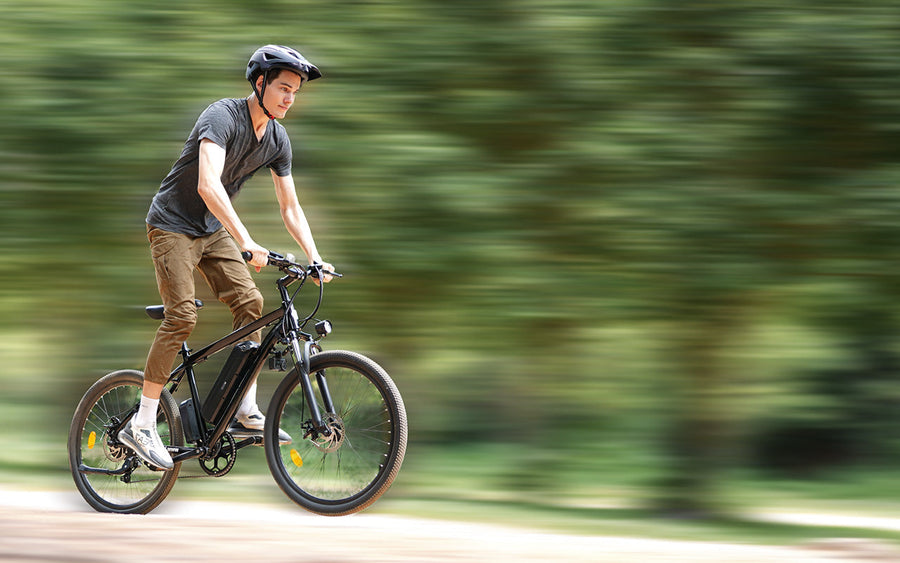

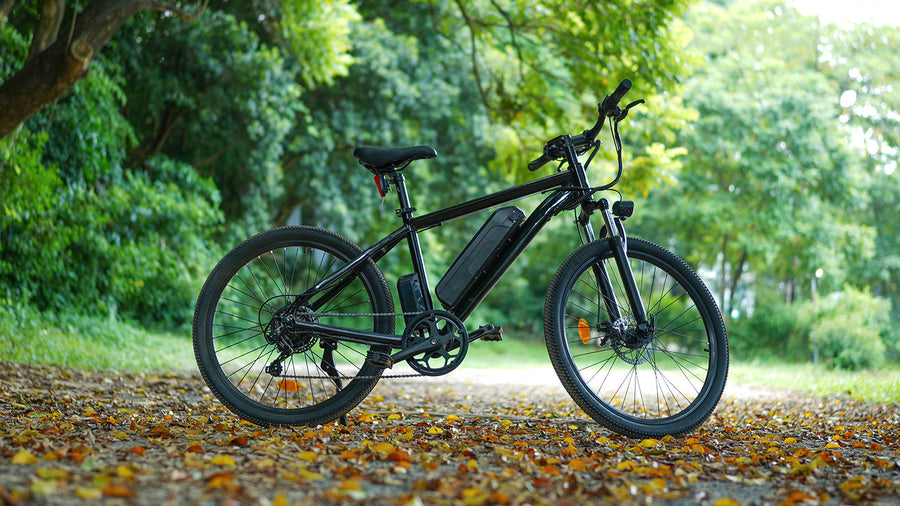
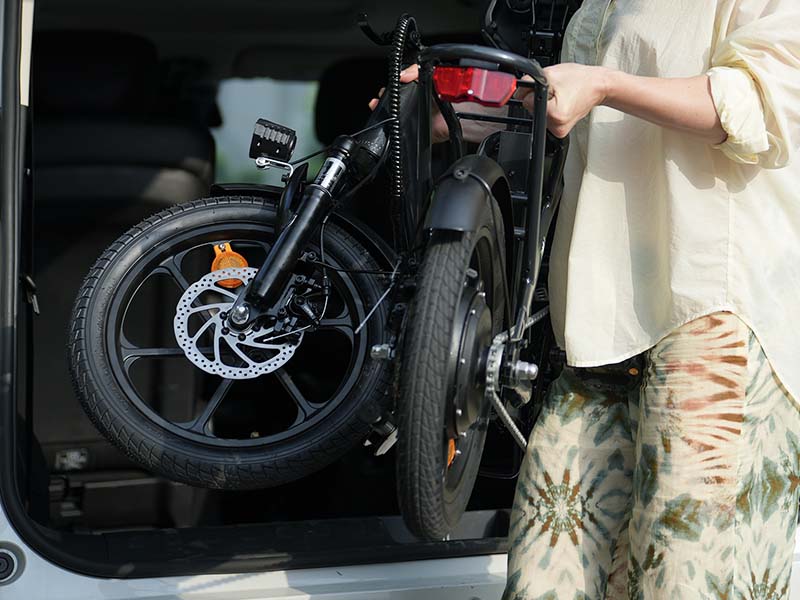
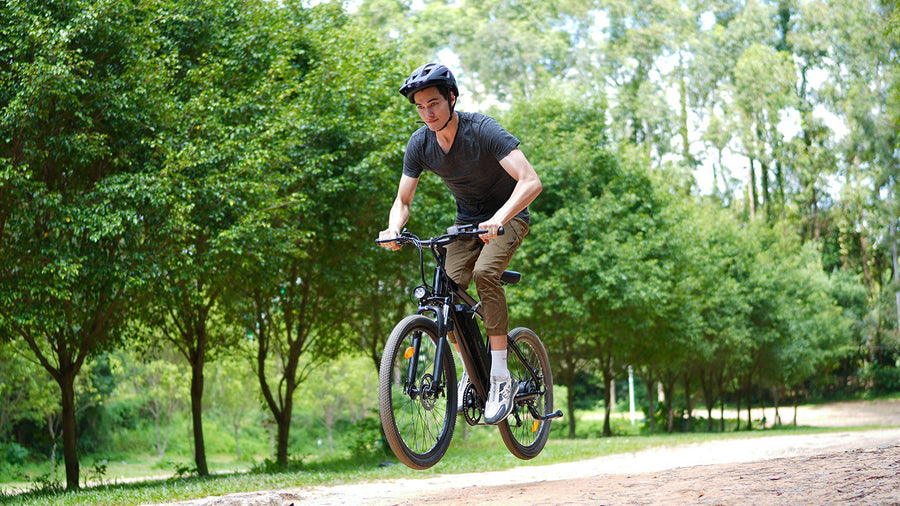








Article tags :
Leave us a message